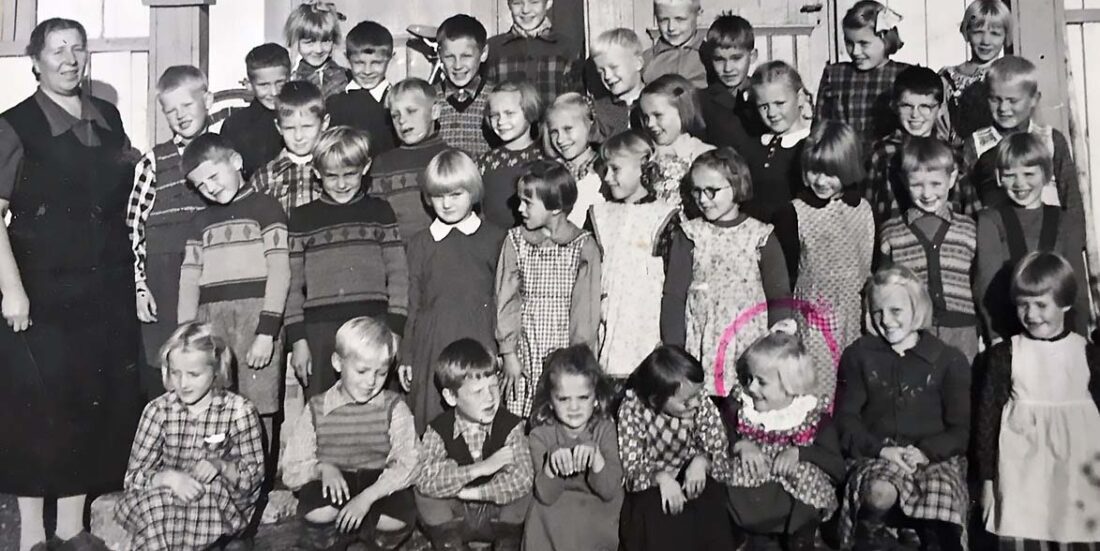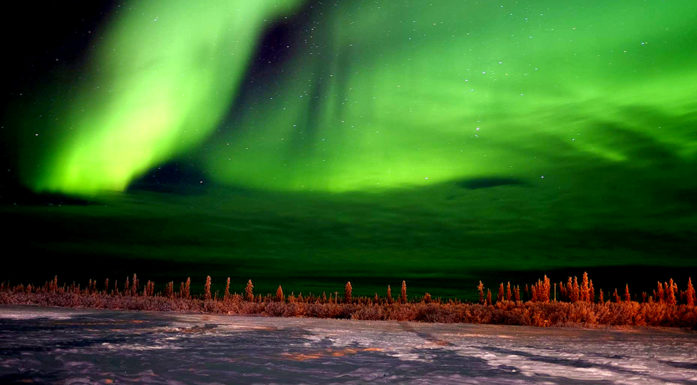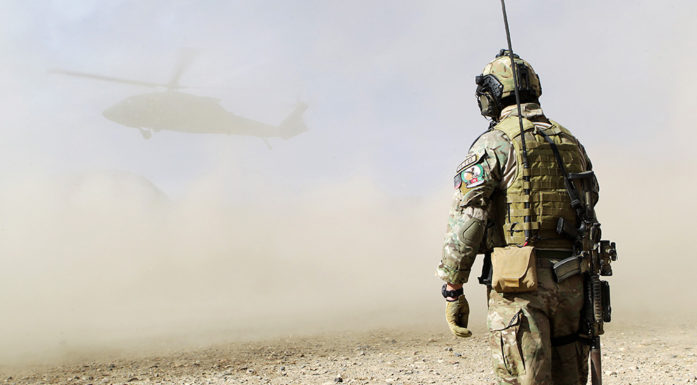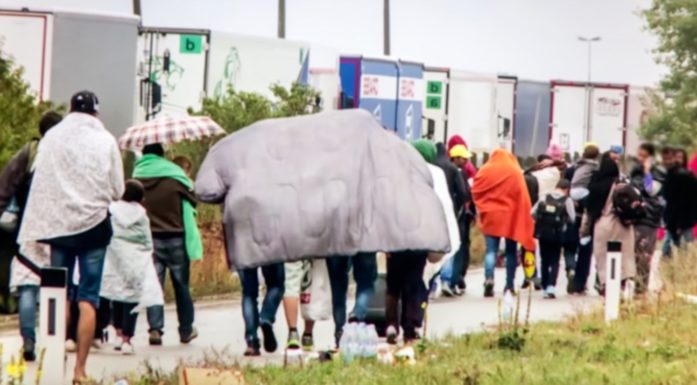School, war and crisis management
The Norwegian school year start up again after another pandemic crisis year and with the ongoing war in Ukraine. Pupils’ experiences may be different, but all children are affected by these crises, some many years later.
What I am sharing with you here I know both from my crisis research work with young people and from my own experience as a post-war child in Finland.
Finland experienced three wars in the years 1939–45 after the Soviet Union attacked the country. In many ways, the attack was similar to the invasion now taking place in Ukraine. The planned quick takeover of the capital Helsinki did not succeed, and the war continued for five years.
These years of war resulted in close to 100 000 dead soldiers and 50 000 war invalids. During the war, 80 000 children were sent abroad as refugees and 450 000 people had to be evacuated from the conquered areas of Karelia.
One in six families lost family members in the war, including my own. The ongoing war of aggression in Ukraine has an uncanny resemblance to the wars in Finland. It strongly brings to life my own experiences.
- You might also like: Talking to children about war and disasters
School was a safe haven for us post-war children who started going to school in the 1950s. This stabilizing factor for the children’s mental health cannot be overstated.
In my opinion, Norway made a mistake by being far too restrictive at the beginning of the pandemic and depriving students of fairly normal schooling during the pandemic. Children need to meet each other in everyday life and to share their experiences. Students should be active actors, not passive victims.
The situation in Finland after the war was difficult, but the pupils could gather at school and share their common destiny, process their anxiety through activities and forget the gloomy atmosphere at home for a while.
- You might also like: Norway’s history has forgotten the 80 000 Finnish war children
There groups of children were large, and many pupils came from evacuated families in Karelia who had lost everything. We collected shoes and clothes for classmates, just like is happening now for children from Ukraine.
As the youngest child in the family, I wore hand-me-down clothes and only received my first new dress for graduation. A hot school meal was a blessed necessity in impoverished Finland, which was the first country in the world to legislate free hot school meals for all pupils in 1948.
Already during the war, free school meals had been served to the neediest children starting in 1943. For many children, the school’s midday meal was the only hot meal that day and also included Saturday, which was a school day.
Students were required to supply food for the school kitchen – from harvesting potatoes in the fields and picking lingonberries in the forest. Of course, the potatoes had to be peeled by the students in the school kitchen.
Children took part in rebuilding the country by collecting old newsprint and rags for further processing. This was our meagre contribution to paying the brutal war reparations to the Soviet Union – a total of USD 300 million in the currency value of the time.
- You might also like: Many reasons for war on Ukraine
Reconstructing the country and acquiring land for Karelian refugees characterized the 1950s. The country was broke, so the men went to work on each other’s farms.
I remember endless hard work building houses and homes where we children were also supposed to be active participants. My specialty was thatching pitched roofs – without any safety harness! As a ten-year-old, I helped bake clay bricks for our new house.
Between the foundations and the scaffolding, the men talked about their horrific war experiences with us children as silent witnesses. No crisis psychologists were on hand for the adults or the children.
Children processed these stories with other students at school, because our parents did not want to talk about the war at home so as to “spare” us. The media – newspapers and radio – were reserved for adults.
The culture of silence helped give free rein to the imagination, and as a child I had nightmares about air raids and grenade throwing for several years.
Crisis research has shown us that one of the most important things is for parents and guardians to discuss crises with their children. The school has an important role in helping youth to process crises.
The lack of money meant that few students were able to benefit from their academic abilities. Most had to take on manual work as soon as possible. In the class picture with close to 40 students, I see that only four of us were able to continue to university. So many talented students had to give up their hopes for higher education. Unfortunately, the same fate awaits Ukrainian students.
What did I gain from this time? I learned endurance – Finnish sisu – and the ability to withstand later crises. And I have never been able to throw away food.





